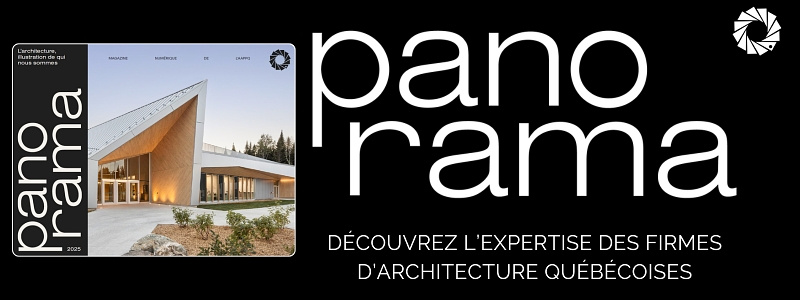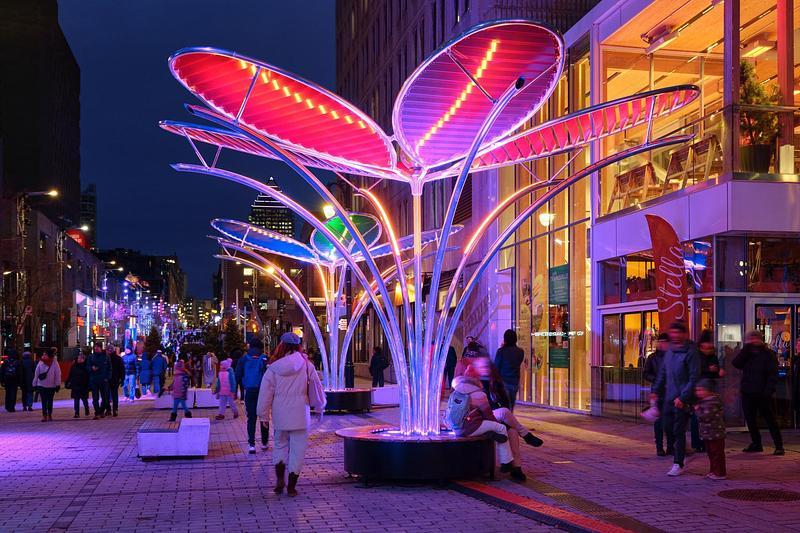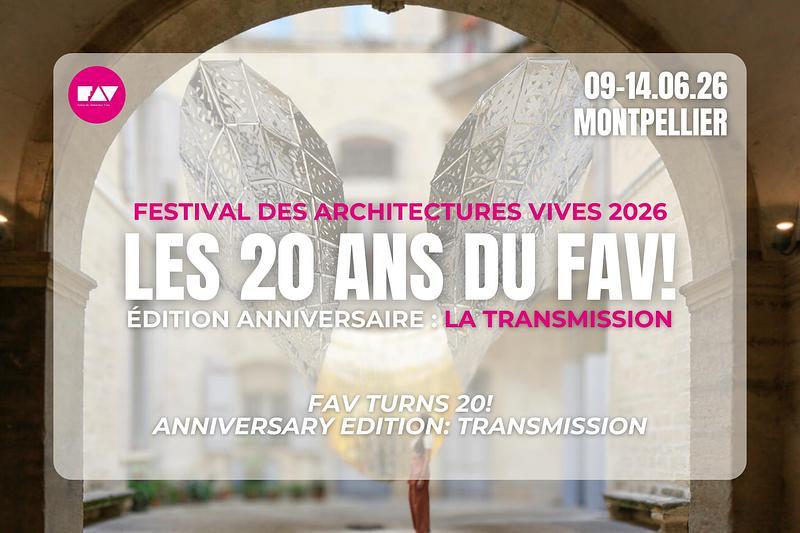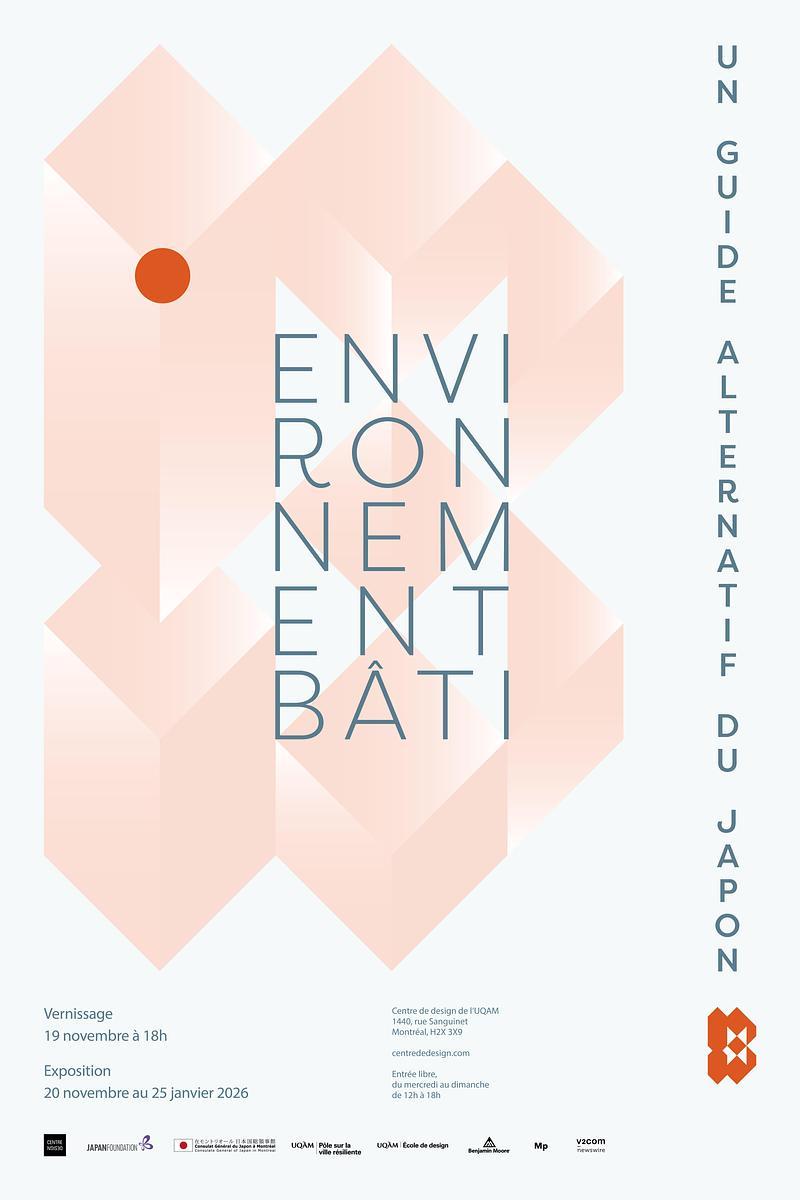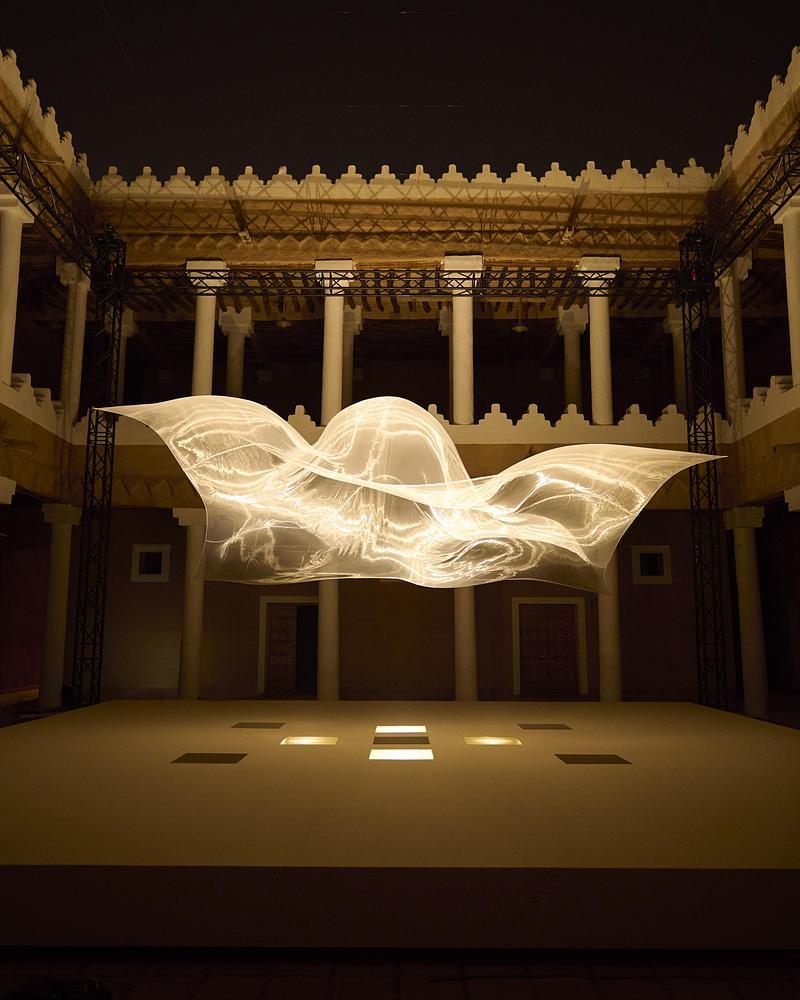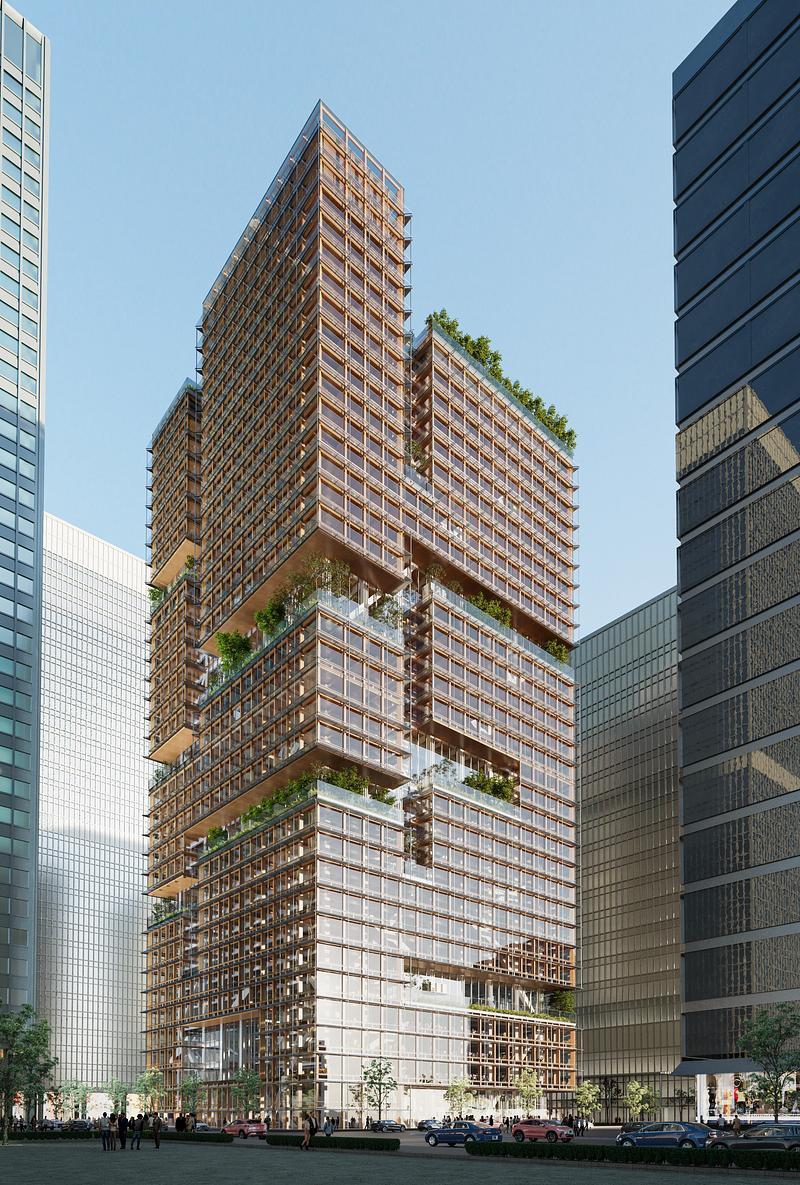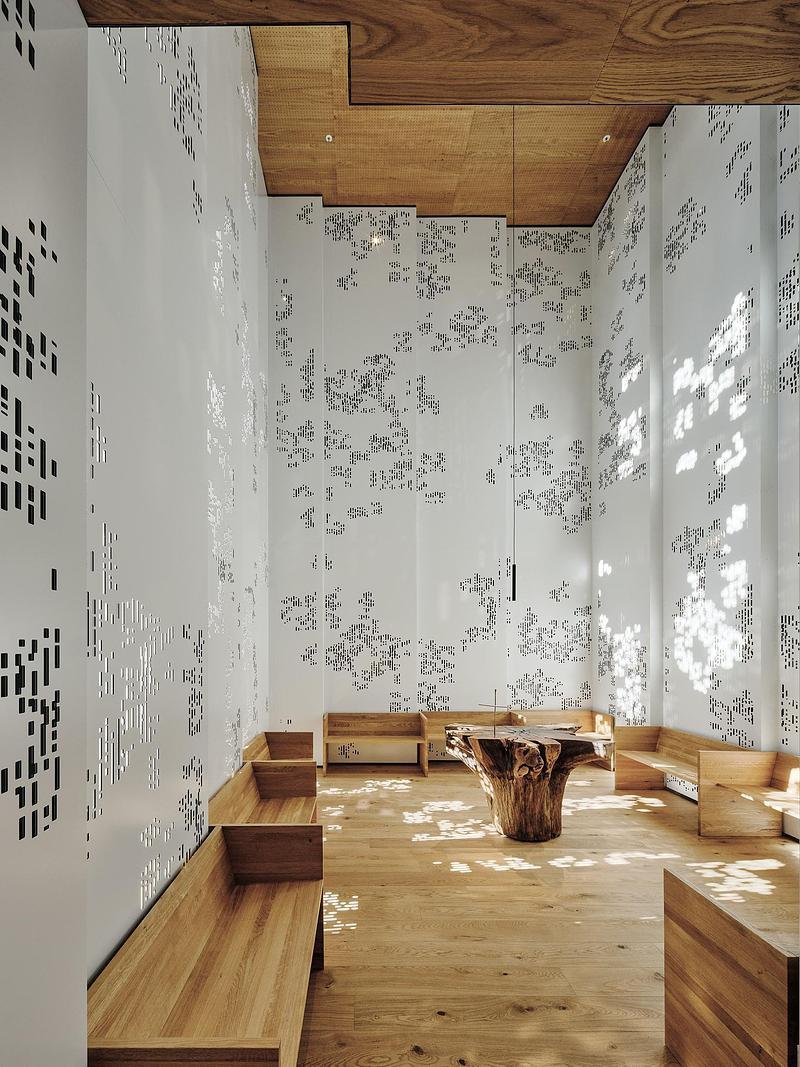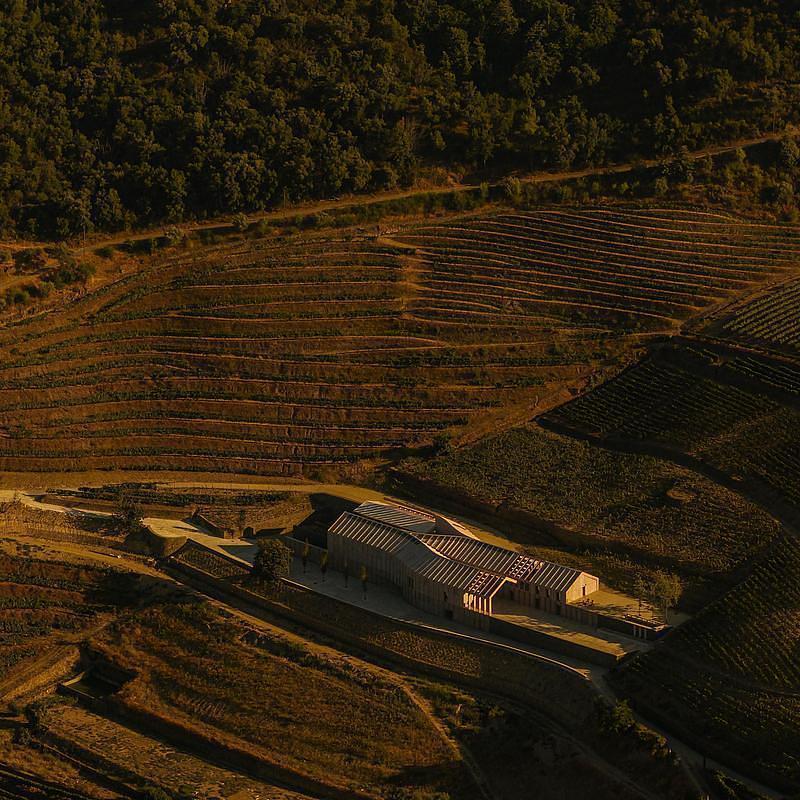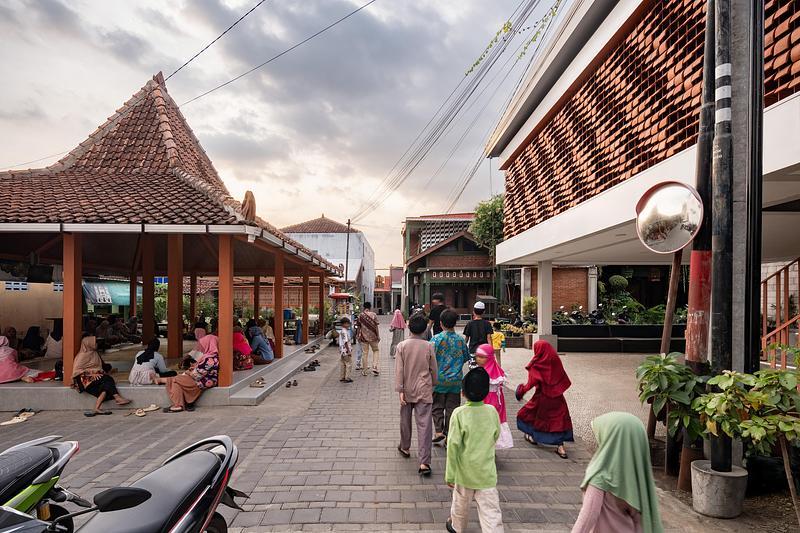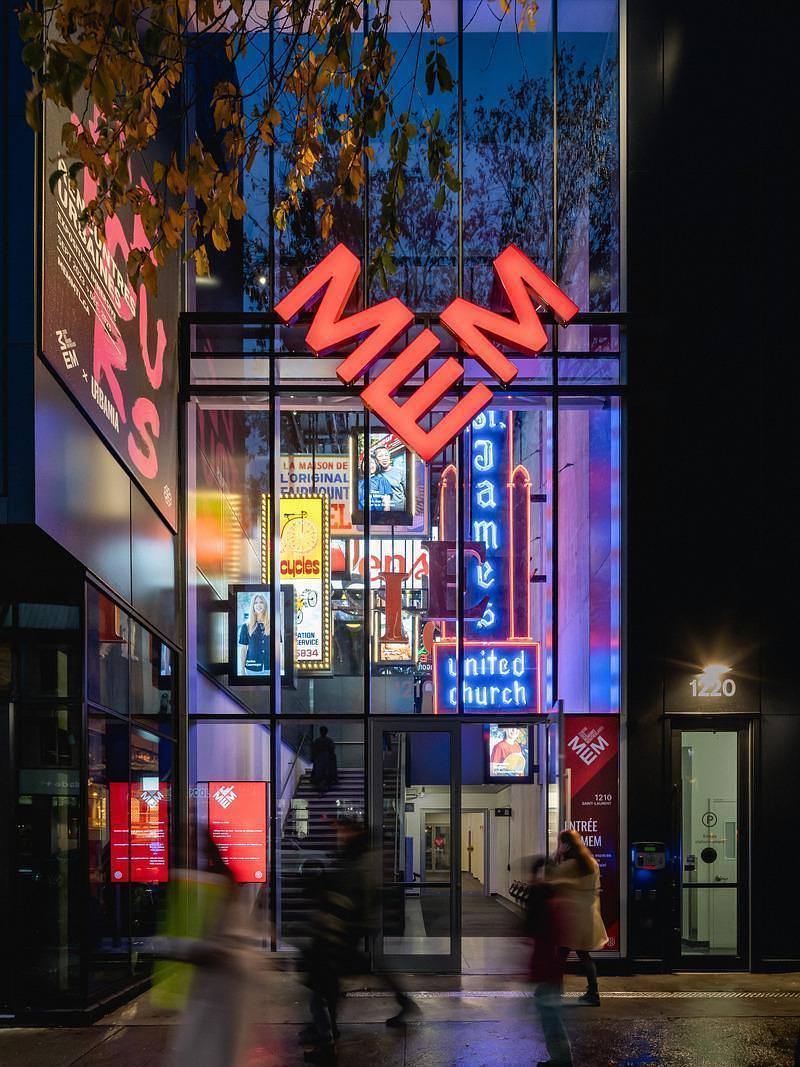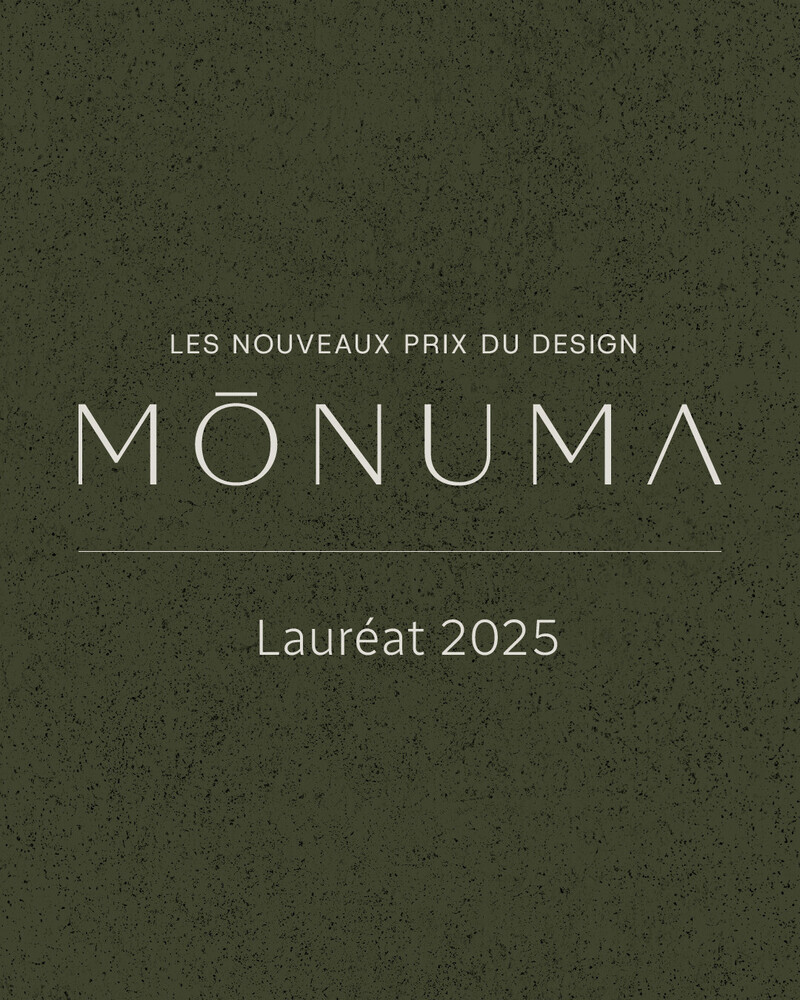
Press Kit | no. 5614-01
Press release only in English
Chicago Architecture Biennial Announces Contributors for Fourth Edition: The Available City
Chicago Architecture Biennial
The Chicago Architecture Biennial (CAB) is pleased to announce the contributors selected by Artistic Director David Brown for the 2021 edition, The Available City. The initial list of 29 contributors brings design perspectives from cities around the world such as Cape Town, Caracas, Chicago, Copenhagen, Dublin, Paris, Basel, and Tokyo. These global design innovators are paired with Chicago community groups to explore forms of shared, collective space and inspire new and imaginative uses of vacant spaces in the city. The installations, activations, exhibits, projects, and programs will be shared with the public in neighborhoods across Chicago and on digital platforms when the Biennial opens on September 17, 2021.
"The challenges we've faced over the course of the past year have taught us two things — one, we need to come up with holistic solutions to the problems our city faces, and two, that process begins with harnessing the creativity, talent, and resilience of our communities," said Chicago Mayor Lori E. Lightfoot. "The 2021 Chicago Architecture Biennial contributors are a diverse and creative group who will do just that by bringing new approaches from other global cities and working alongside our residents on our historic South and West Sides to create thriving collective spaces for our communities to enjoy."
Through the platform of The Available City, Brown has paired teams of contributors that bring different experiences but share a focus that unites them. For example, 2021 Biennial projects will include these new commissions:
Matri-Archi(tecture), based in Cape Town and Basel, an intersectional collective that brings African womxn of color together to empower African cities, is partnering with in care of Black women, a placemaking initiative fostering economies of care.
Studio Barnes with Shawhin Roudbari and MAS Context, Miami and Chicago will apply lessons from their team’s past projects, including the “pop-up porch,” environmental design promoting community engagement and issue-focused events and installations, in a partnership with Open Architecture Chicago that is exploring a proposed 15 block greenway under the Chicago Transit Authority’s Pink Line to connect four stations in Lawndale in an effort to transform vacant lots underneath the elevated train tracks.
Over the coming months, the Biennial will announce key partnerships and collaborations between the contributors and community organizations for this year’s edition of the Biennial.
“The Available City results from a long interest in the landscape of vacant spaces that are so prevalent in many cities across the US, and beyond,” said Artistic Director David Brown. “The 2021 edition asks us to imagine the transformative possibilities of collective spaces within those vacant spaces through a process of exchange and collaboration between designers and local residents. I look forward to the conversations introduced by the 2021 contributors given their global perspectives and connections.”
The Available City will be presented at sites located throughout Chicago including an initial list of neighborhoods such as North Lawndale, Woodlawn, Bronzeville, Pilsen, South Loop, the Loop, and Edgewater. The teams will collaborate with Chicago community groups in a hands-on, community-driven design process that will activate latent spaces including community gardens, decommissioned schools, and storefronts in addition to vacant lots.
“The timely questions posed by The Available City and the quality of the contributors who will explore the issues presented validate the Biennial’s decision to produce an exposition in 2021 notwithstanding the uncertainties of the moment,” said Jack Guthman, Chairman of Board for the independent, non-profit CAB. “Although the Biennial visitor experience will continue to differ from that of prior shows, the Biennial will maintain its place at the center of the national and international discourse on architecture and design and as part of the rich cultural landscape of Chicago. It is very gratifying that confidence in our mission continues to be shared by the corporations, foundations, and philanthropists whose support sustains our program.”
Through a new, year-round programming model, CAB seeks to engage audiences throughout the process of project development leading up to the opening of the 2021 edition and beyond. Over the coming months, CAB will continue to announce details about the collaborations and initiatives being developed by local and global architects, artists, and designers. A schedule of in-person and virtual programming for the 2021 edition—youth workshops, conversations, and community events—will be announced soon.
Ana Miljački (Critical Broadcasting Lab at MIT), Boston
Ania Jaworska, Chicago
Atelier Bow-Wow, Tokyo
Borderless Studio, Chicago
Central Park Theater Restoration Committee, Chicago
Christophe Hutin Architecture, Bordeaux
Departamento del Distrito, Mexico City
Drawing Architecture Studio, Beijing
El Cielo, Mexico City
Englewood Nature Trail, Chicago
Enlace Arquitectura + Ciudad Laboratorio, Caracas
fala, Porto
Gensler (Stone Soup Group), Los Angeles + Chicago
Hood Design Studio, Oakland
in care of Black women, Chicago
Jill Desimini, Cambridge
Matri-Archi(tecture), Basel + Cape Town
Open Architecture Chicago + Under the Grid, Chicago
Outpost Office, Columbus
Port, Chicago + Philadelphia
ProjectHOOD, Chicago
Riff Studio, New York City
Soil Lab, Copenhagen + Dublin
studioAPT, Ann Arbor
Studio Barnes with Shawhin Roudbari and MAS Context, Miami
Studio Ossidiana, Rotterdam + Venice
The Bittertang Farm, Clearing, Chicago + Island Center, Bainbridge Island
THE OPEN WORKSHOP, San Francisco + Toronto
Urban American City, New York City
Over the course of the first three editions, CAB has supported projects created by more than 350 architects, designers, and artists from over 40 countries considering critical topics through the lens of architecture and design. As a platform designed to highlight and explore innovation in the field, CAB is poised to present a global event that responds to changes in the way we gather, engage, and learn. The fourth edition will imagine new and exciting possibilities for activating spaces throughout the city, expanding access to architecture and design, and engaging new voices.
Resources
Chicago Architecture Biennial 2021 Digital Media Kit
PW: CAB2021
About the Chicago Architecture Biennial
The Chicago Architecture Biennial (CAB) is a 501(c)(3) non-profit organization dedicated to creating an international forum on architecture and urbanism. Through a diverse program including exhibitions, commissions, publications, workshops, performances, and more, CAB advances architectural innovation and thinking by engaging practitioners, students, and the public to re-imagine the designed environment both globally and locally. CAB’s signature program—the largest architecture and design exhibition in North America—creates opportunities for emerging talent in architecture, design, and the arts to engage a wide public audience every two years in Chicago. CAB programming throughout the year engages global audiences in conversations exploring critical ideas and questions facing the field, and beyond.
The Chicago Architecture Biennial is committed to providing a platform to unite the global vanguard of architectural thought and practice with the city of Chicago’s unique legacy of architectural innovation. Each edition of the Chicago Architecture Biennial takes as its core a theme that addresses the most compelling issues in contemporary architectural practice. The Chicago Architecture Biennial is a platform created to further our understanding, both globally and locally, of the ways architecture and design shape our lived experiences. The Biennial seeks to envision a future of architecture that is community-driven, sustainable, and equitable.
The inaugural 2015 Chicago Architecture Biennial was an outcome of a comprehensive cultural plan developed by the Chicago Department of Cultural Affairs and Special Events. Titled The State of the Art of Architecture, the 2015 Biennial was curated by Artistic Directors Sarah Herda of the Graham Foundation and architect, critic, curator, and editor Joseph Grima and centered on a 1977 conference organized by architect Stanley Tigerman. The inaugural Biennial expanded the spirit and scope of this 1977 event, inviting an international and intergenerational architectural network to Chicago to explore how visionary design can take on the most pressing issues of today. The 2015 Biennial encompassed an array of exhibitions, full-scale installations, and diverse programming, providing the public with an opportunity to engage with and think about architecture in new and unexpected ways.
For the second edition of the Biennial in 2017, the exhibition and programming were curated
under the artistic and curatorial leadership of Sharon Johnston and Mark Lee from the Los
Angeles–based firm Johnston Marklee & Associates, which also participated in the inaugural Biennial. The Artistic Directors developed a series of topics for their show titled MAKE NEW HISTORY, including image, material, building, and civic histories, and highlighted different
modes of architectural production from the book to the city.
The third edition of the Biennial, titled ...and other such stories, was led by Artistic Director
Yesomi Umolu, a curator and scholar of spatial practice, with curators Sepake Angiama and
Paulo Tavares. The 2019 edition traced narratives originating from its home city of Chicago and revealing connections between various practices and the questions they raise across global communities, cities, territories, and ecologies. …and other such stories highlighted the ways that architecture and public space have been used as sites for collective action and social change.
Through installations, environments, programs, and performances, more than 350 Biennial
projects from across three editions reflect the ongoing significance of contemporary discourse that is founded in the myriad ways that history is invoked in the production of new forms of architectural thought.
About David Brown
Artistic Director David Brown is a designer, researcher, and educator based at the School of Architecture at the University of Illinois at Chicago. Brown investigates non-hierarchical, flexible, and variable approaches to urban design. For more than a decade, Brown’s work has focused on The Available City, ongoing speculation on the potential of Chicago’s city-owned vacant land. Brown’s work has been exhibited in the Venice Architecture Biennale (2012), the Chicago Cultural Center’s Expo 72 (2013), the Chicago Architecture Biennial (2015), and received a grant from the Graham Foundation in 2011. In 2006, Brown curated the exhibition Learning from North Lawndale: Past, Present + Future at the Chicago Architecture Foundation (now the Chicago Architecture Center). Brown’s writing includes the book Noise Orders: Jazz, Improvisation, and Architecture (University of Minnesota Press, 2006) and essays “Curious Mixtures” in Center 18: Music in Architecture—Architecture in Music (Center for American Architecture and Design, 2014, Michael Benedikt, ed.), “Lots Will Vary in The Available City” in The Oxford Handbook of Critical Improvisation Studies (Oxford University Press, 2016, George Lewis and Ben Piekut, eds.), “The Available City” in the journal MAS Context, and “Futures We Could Have Today” in Flat Out. Brown has lectured on his work at Columbia University’s Center for Jazz Studies and the Politecno di Milano and has taught at Florida A&M University and Rice University.
David Brown is a long-time collaborator of the Chicago Architecture Biennial, having been a participant in the inaugural 2015 Biennial and presenting two pop-up exhibitions and a series of youth programs for the 2019 edition.
For more information
Media contact
- Dan O'Connell Media & Communications
- Dan O'Connell
- dan@danoconnellmedia.com
- 617-480-6585
Attachments
Terms and conditions
For immediate release
All photos must be published with proper credit. Please reference v2com as the source whenever possible. We always appreciate receiving PDF copies of your articles.
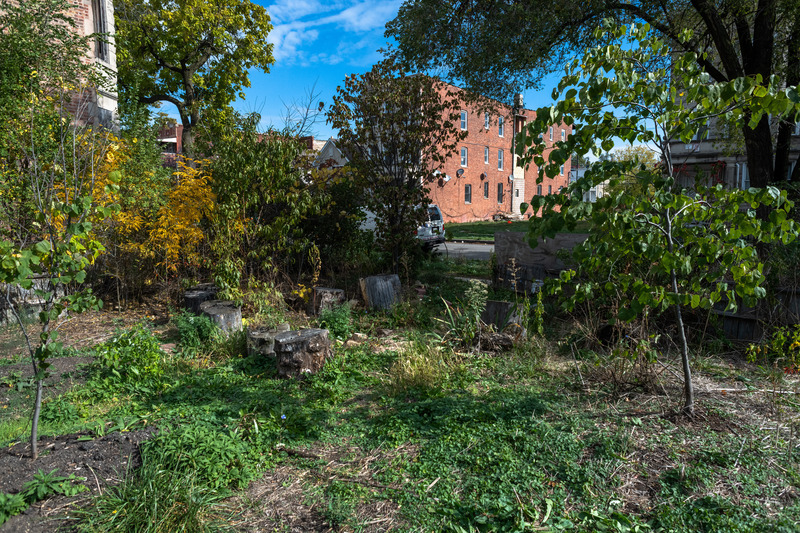
High-resolution image : 12.0 x 8.0 @ 300dpi ~ 10 MB
